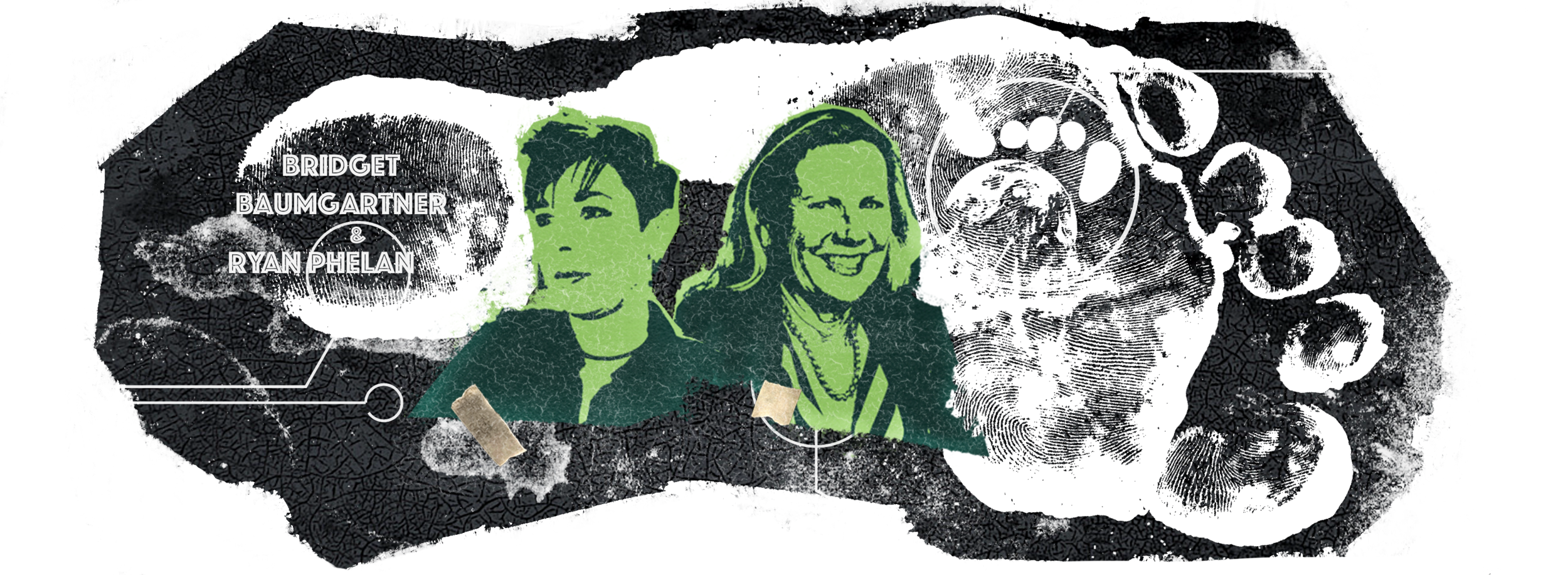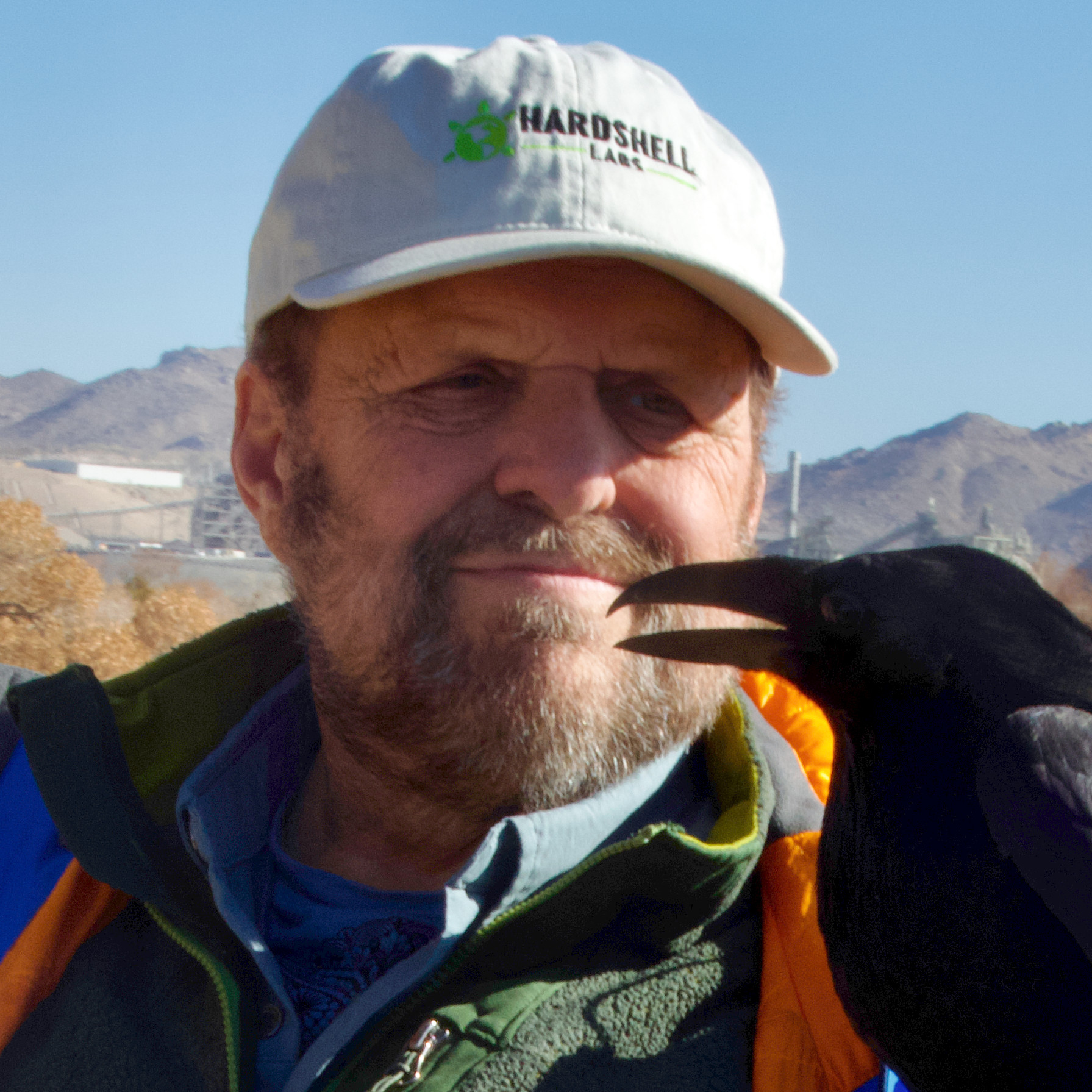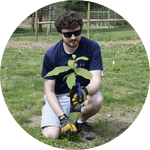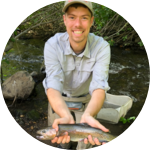Biotech for Conservation
Categories

Conservation biologists are increasingly turning to new biotechnologies to understand and restore the natural world. The tools are changing as fast as the ecosystems, and we need all the help we can get.
Science Leads: Bridget Baumgartner and Ryan Phelan
The Projects
Browse the participating projects
Mapping the Humpback whale genome
Humpback whales were hunted to near extinction until whaling was banned in 1963. Population recovery is...
Using eDNA in Quest to Rediscover Zug’s Monitor Lizard: a Top 25 Most Wanted Lost Species
Sometimes extinction isn’t forever, it just takes the right team to discover what others could not. The...
Can RNAi be used to reduce the virulence of the pathogens of American chestnut?
The American chestnut (Castanea dentata) was once an important member of the Appalachian ecosystem but was...
How do bacteria respond when humans damage caves?
The Tongass National Forest in Alaska contains both damaged and undamaged caves. These caves are homes to...
Do Mediterranean corals have the genomic resources to face Marine Heat Waves?
Mediterranean corals are dramatically affected by mass mortality events linked to marine heat waves. Within...
Sequencing the genome of a lost ladybug
The introduction of non-native lady beetles into North America led to the disappearance of several once...
How is this fish's diet key to coral reef conservation?
We study an abundant 'herbivorous' fish on Pacific coral reefs: the striated surgeonfish, Ctenochaetus striatus...
Can green fluorescent protein expression be modified by use of CRISPR/Cas9 genome modifying tools?
Coral use green fluorescent protein (GFP) emissions to attract algal symbionts that provide energy to the...
Investigating the diet of wintering American Kestrels in agricultural landscapes
American Kestrels in the US have declined by 50% in the last 50 years and scientists are struggling to understand...
What microbial partners help endangered vultures navigate a toxic world?
Wild animal microbiomes have received minimal research and we often don’t know what constitutes a "healthy...
How will coldwater fish survive on a hot planet?
Freshwater fish account for a quarter of the world’s vertebrate species and are critical to maintaining...
Improving Hawaii's endemic limpet population through novel biochemical techniques
'Opihi are a culturally important marine limpet found only within the Hawaiian Islands. Considered a delicacy...
Can a rabies vaccination booster save African Wild Dogs?
Rabies is one of the greatest threats to the continued survival of the African wild dog (Lycaon pictus...
Bridging the conservation genetics knowledge gap in the Spanish speaking Global South
Latin America hosts 40% of the biodiversity of the world. In order to foster conservation, we seek to improve...
Using eDNA to unveil the anchialine ecosystem
Welcome to the coolest ecosystem you've never heard of - the anchialine ecosystem! Anchialine habitats are...
More About This Challenge
The sciency details
Challenge Aims
Conservation is increasingly turning to new biotechnologies to understand, monitor, and sometimes intervene in ecosystems around the world. Whether using eDNA to monitor marine environments or increasing the genetic diversity of endangered species, these new tools are becoming important and ubiquitous.
Revive & Restore is a pioneer in bringing these new approaches and technologies into the natural world. These projects take time and exceptional foresight. Revive & Restore knows the importance of funding projects at the earliest stages, well before there is an urgent and dire need. We're looking to help seed more projects pursuing important biobanking outcomes, documenting wild genomes, or pushing the boundaries of genetic monitoring techniques.
Thanks to the support of the Footprint Coalition, we have $50,000 that we're going to contribute to projects here on Experiment — a small and fast grant program to get new ideas off the ground quickly. We will back eligible projects up to 50% of the project cost (and up to $5,000/project). The funds will be distributed on a first-come, first-serve basis. The sooner you fill out a project application the better (use the "start a project" link below). Bold ideas and questions are encouraged to apply.
Part of the Footprint Coalition Science Engine
















 Challenge Grants
Challenge Grants